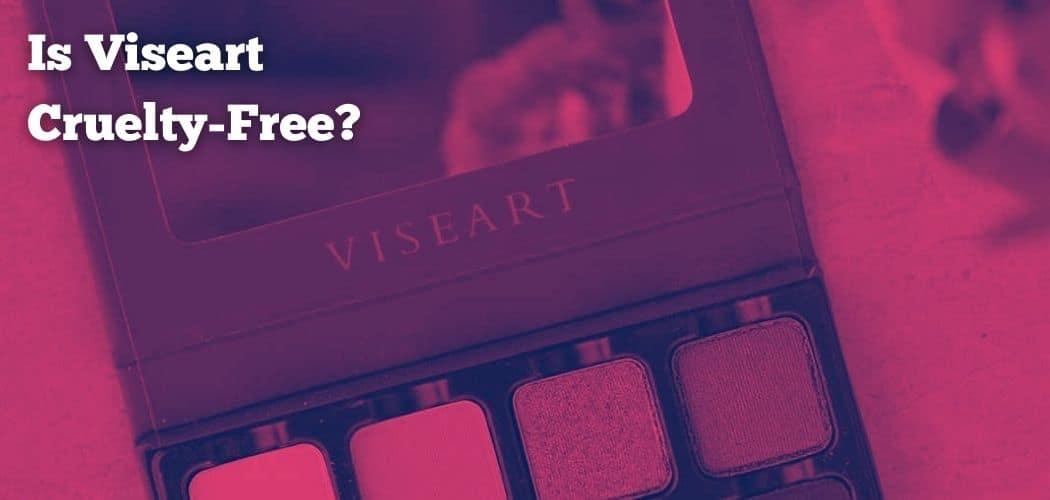The 90s marked the decade when make-up brands came rushing, breaking through the doors. This was the time when Viseart was launched.
And since then, it never looked back. The revolution Viseart has introduced in the make-up industry is incredible.
It’s a voyage that started humbly, from a mix of colors to apply on face to a brand that now envisages face products, eye products, and lip products for women.
Initially, the first brick was laid in Germany, but over the years, the brand grew to the point that now almost 1200 outlets of Viseart are spread across the globe, including Europe, the Middle East, and the Eastern zone.
The question that our audience is very much curious about is the Cruelty-Free status of a brand.
For a layman, the Cruelty-Free tag is awarded to those brands that are a guarantee their legitimate products. Now, what does the word legitimate signify here? It’s that, in the manufacturing phase, none of the products is tested on animals.
There are multiple examples out there in the market that not only discourage testing on animals but endorse the very stance.
That’s why the sources like us delve into the data and extract a response that meets the needs of our audience.
Let us get it straight,
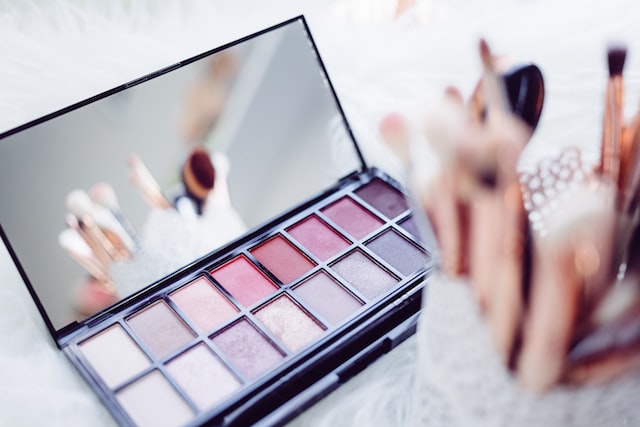
Viseart is a Cruelty-Free brand and none of the animals are harmed at any stage of its production.
This would have definitely been a sigh of relief for the users of Viseart worldwide because people are now too conscious of this tag. This makes them think that they’re contributing to the damage done to the environment if they buy such products.
So, recently we’ve observed that many brands openly are now vocal about their cruelty-free status. This gave birth to platforms to scrutinize and award a cruelty-free certification to a brand.
Many third-party organizations roam around and their certifications are accepted anywhere in the world for the transparency and the honesty they’ve expressed over time.
It’s not just a random shot, hitting the target where an auditing organization gifts the status for nothing. The brands approach these websites to have their business checked.
It’s an entire systematic approach where brands are required to fill out the questionnaires and respond to the questions posed by third parties.
Once the inspection is over – the certificate is issued and these organizations update the list of cruelty-free websites as one of their official sources.
When we dug further in, we found that Viseart is certified by Leaping Bunny – A third-party auditing organization.
Now, as we repeatedly claim that, we’ve drawn a distinct line between a mere assertion of being cruelty-free and being certified for the former statement. These two, if not opposite, are somewhat different.
In Viseart’s case, both of these boxes would be checked because it doesn’t fail to divert from any conditions.
There’s one more point that we look into whenever we research the cruelty-free status of a brand. That’s the availability of its products in countries like China, where animal testing is a sort of a pre-condition to sell things off.
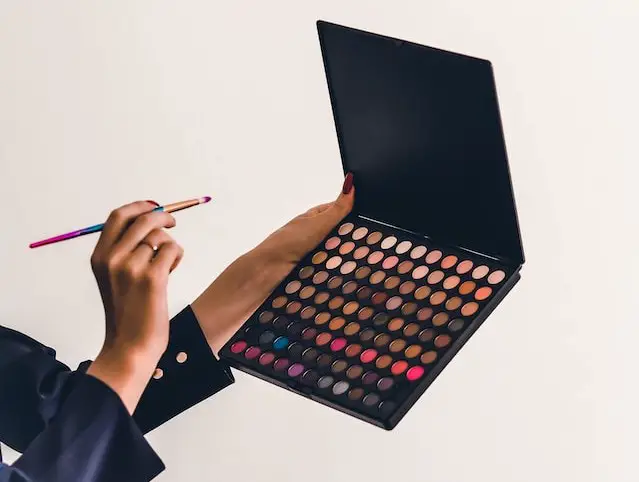
We found that Viseart does operate in China, so technically, it’s conflicting with the definition of cruelty-free, straight away.
But, there’s another scenario that most auditing sources hardly consider and that’s a subclause of the law. Brands can still sell their products in China but via a digital route.
The availability of a product in China never always dictates that it’s cruelty-free; there are certain conditions that we turn a blind eye to. Thus, they stack up against us, presenting a falsified notion.
The fact that cemented our ideas is the certification Viseart came up with, this pretty much sums everything up because these organizations dive deep into all possible questions, and only then are the certificates provided.
In a nutshell, let us state that Viseart is cruelty-free which means neither the brand itself is indulged in any anti-animal practices nor any of its partners at any stage of its production.
This brings us to another question that’s asked a lot,
Is Viseart Vegan?
The vegan status of any brand these days is of high significance, and that’s because the attitudes have enormously shifted towards a sustainable ecosystem. The ideas have gone through a transition where people now are more into green stuff to develop a stable and meaningful environment, mitigating our negative impacts on our surroundings.
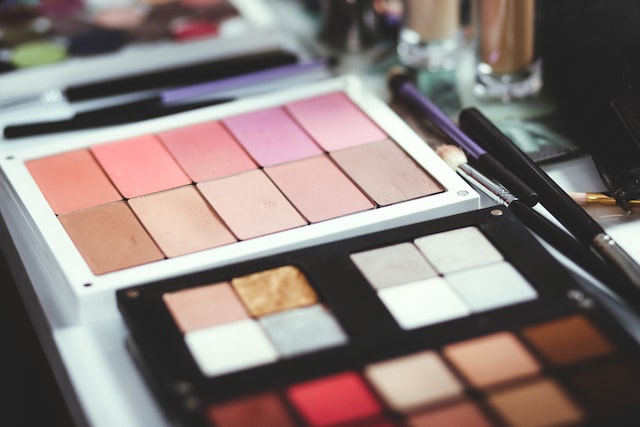
That is the prime reason why every brand is cognizant and keen on moving towards vegetarian stuff to broaden the spectrum of its audience. YES! It does enhance or upscale the status of a brand, in monetary terms too. This is an added advantage.
We found that Viseart is a Vegan-Friendly brand.
90% of the time, the same ingredients are used in makeup colors, so we concluded that this lot isn’t anti-vegan. There’s a high probability that the brand itself is not anti-vegan.
Viseart itself claims Vegan status and endorses its stance.
As said earlier, we can’t just rely on an assertion made by the claim. We’ve got to dig in to find out if that really is the case. As far as our research is concerned, it’s pretty evident from the list of ingredients on their products that they’re vegan-friendly.
But still, to reassure yourself of status, you may reach out to a chemist and seek his expert opinion on any product.
That may help!
Is Viseart Ethical?
Ethics is undoubtedly one of the pertinent measures to gauge the impact of any brand.
In Viseart’s case, if we were to say, we would definitely rate them 9/10 on an ethics scale.
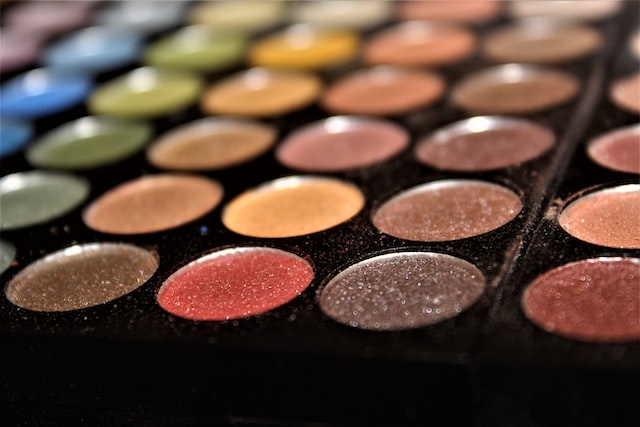
There are two reasons,
The brand is absolutely cruelty-free, and the icing on the cake is the certification they’ve received from Leaping Bunny.
Secondly, the brand is vegan. Thus it has minimal impact on our environment.
These two conditions made us rank Viseart high on an ethics scale.
